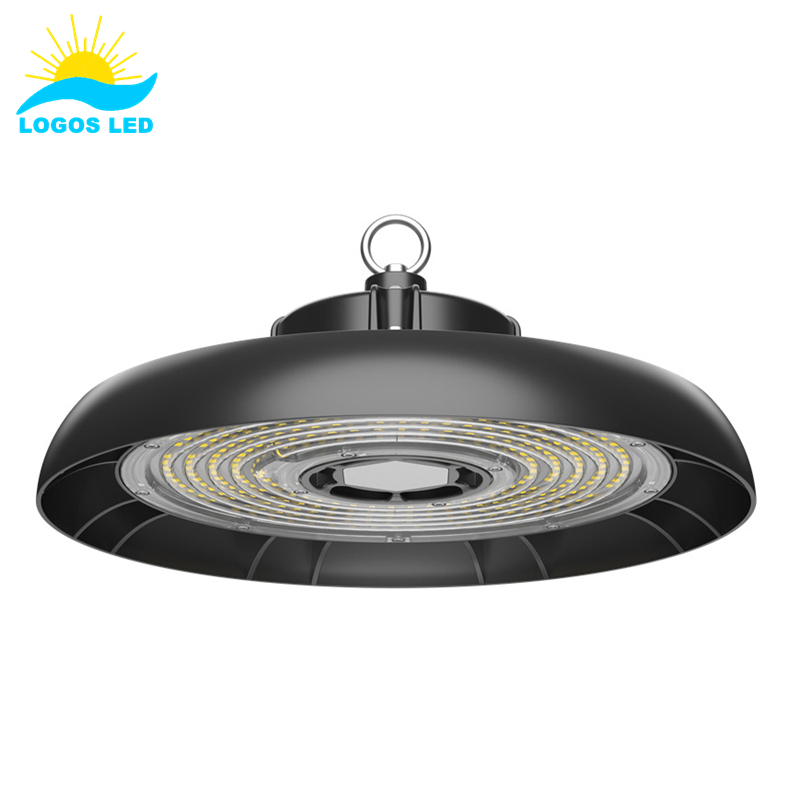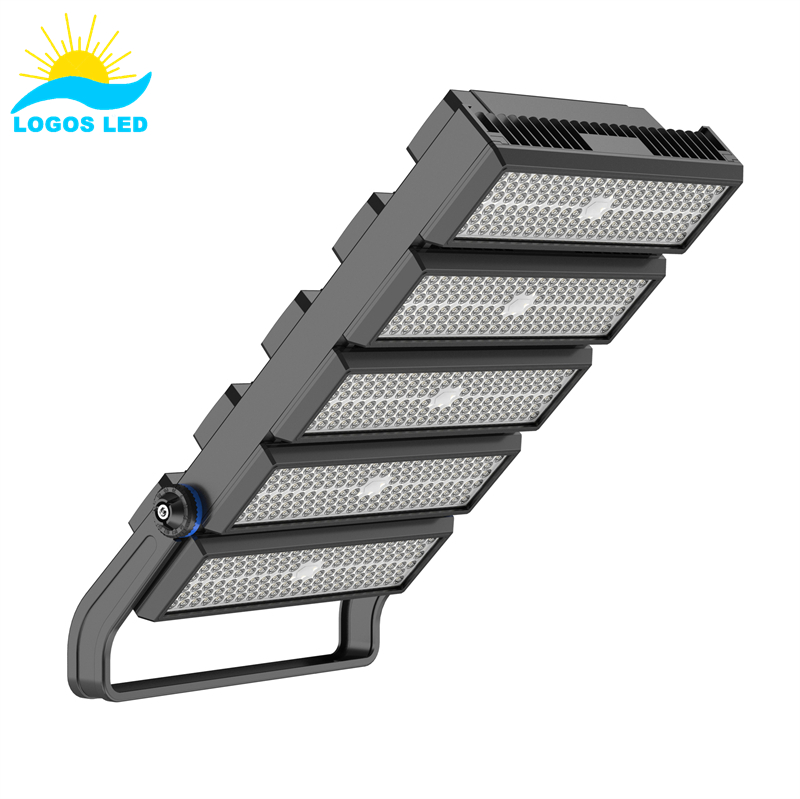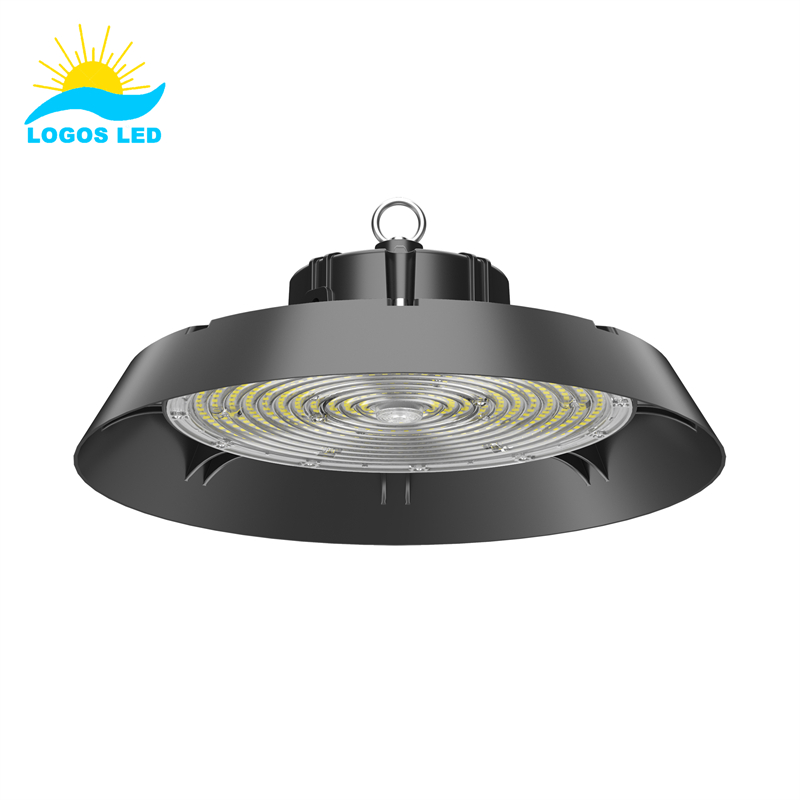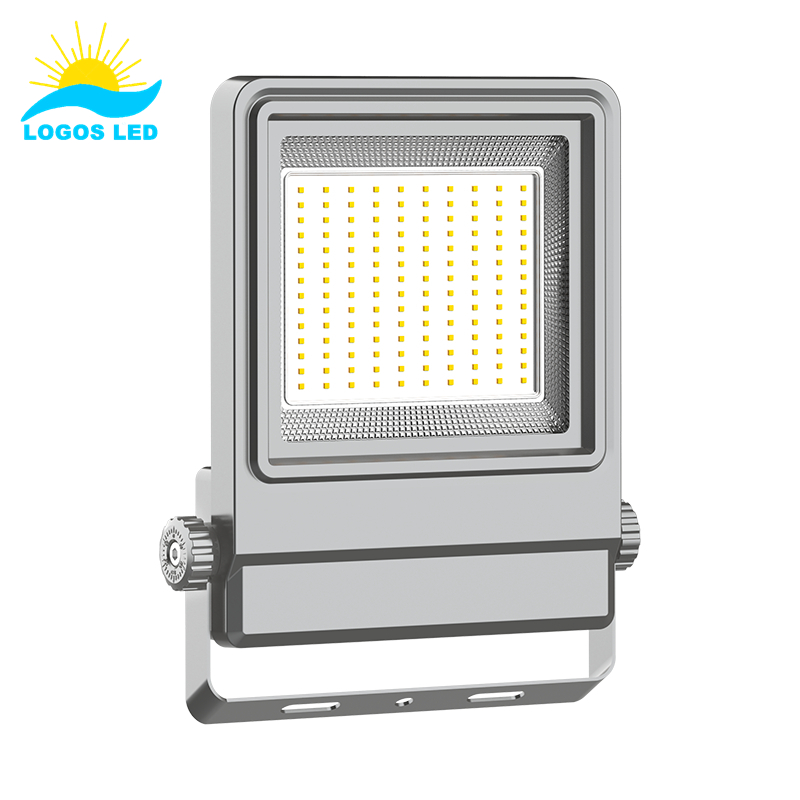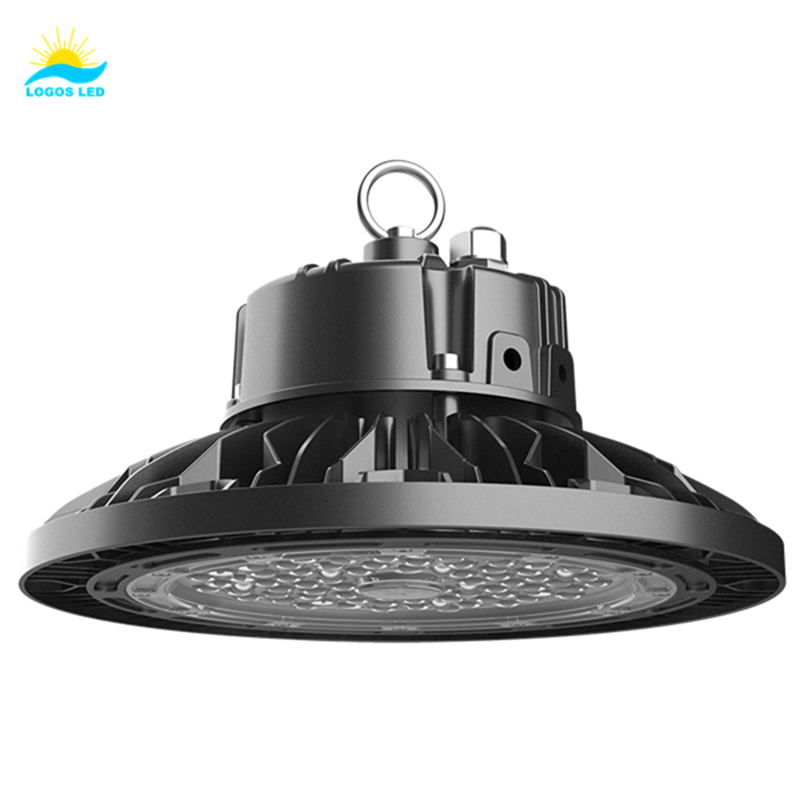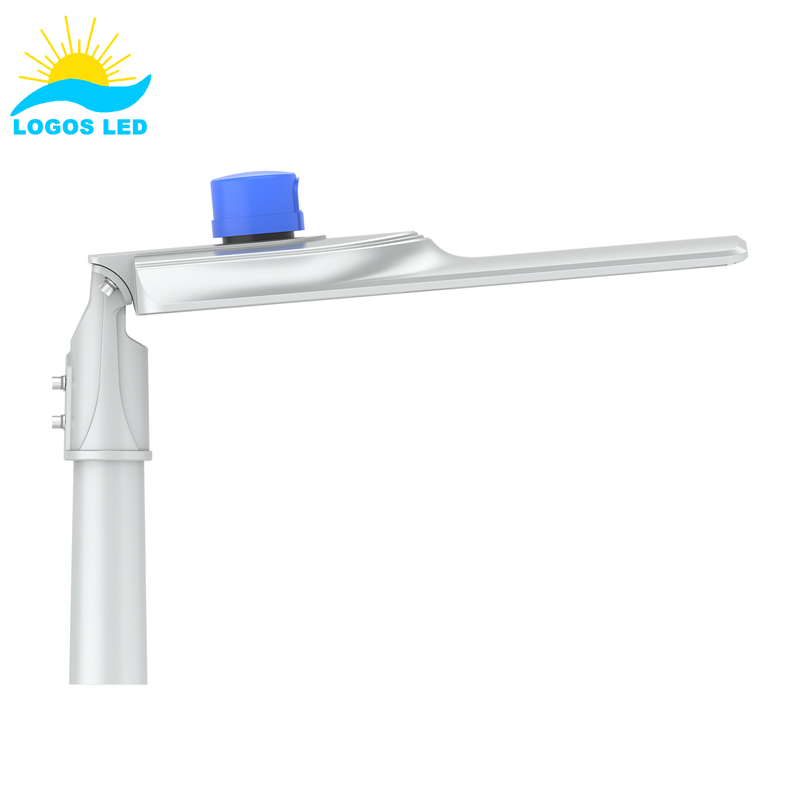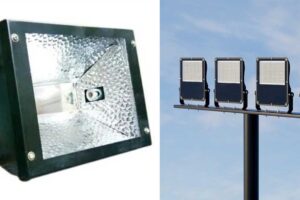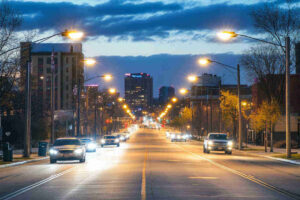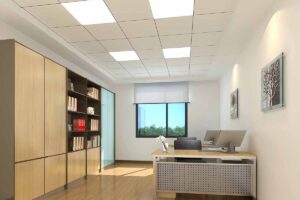When it comes to baseball field lighting, I’ve seen too many people underestimate the total cost. They install a system that’s either too weak, too expensive to maintain, or simply not built to last. The result? Sky-high energy bills, constant maintenance headaches, and poor visibility that affects the game. But don’t worry—I’ll walk you through everything you need to know about baseball field lighting costs so you can make the smartest investment.
The total cost depends on several factors—lighting type, installation, and long-term maintenance. LED baseball field lights are becoming the go-to option because of their energy efficiency and long lifespan. But before you jump in, it’s important to understand the upfront investment, ongoing costs, and overall savings. This guide will break it all down—from installation to maintenance—so you know exactly what to expect.
Let’s get into the details so you can make the best decision for your field.
Table of Contents
Baseball Field Lighting Standards and Requirements
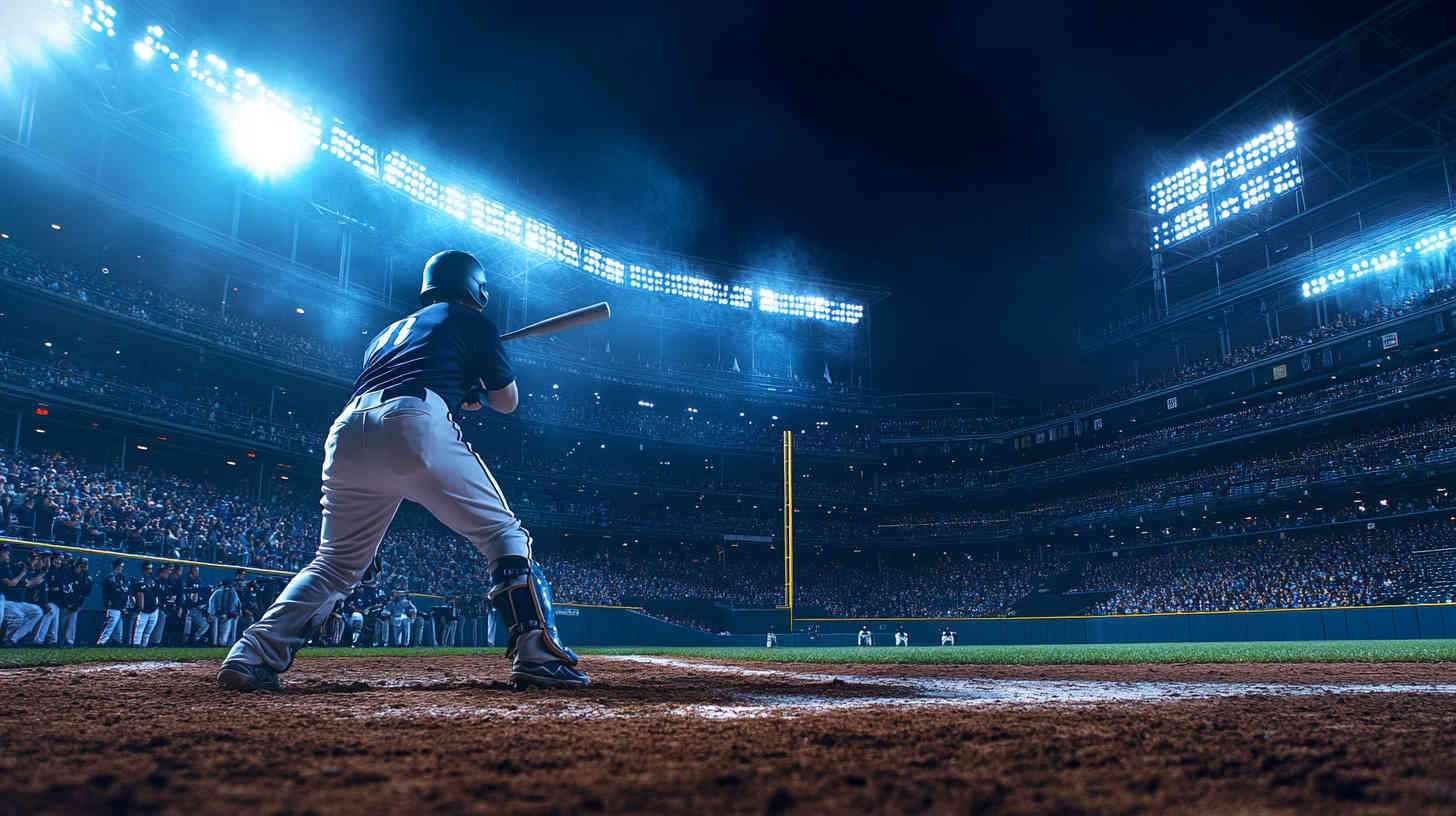
If you want proper visibility, safety, and a great playing experience, you need to follow specific lighting standards. These guidelines ensure that both players and spectators have a well-lit environment while keeping maintenance costs manageable.
Illuminance Levels
Illuminance refers to the amount of light hitting the playing surface. Different levels are required depending on whether you’re lighting a recreational field or a professional stadium.
- Recreational fields typically require 50 to 100 lux.
- High school and college fields need 100 to 300 lux for better visibility.
- Professional baseball fields require 300 to 500 lux, while televised games need 500 to 1000+ lux to meet broadcast standards.
| Type of Baseball Field | Illuminance Level (Lux) | Purpose/Description |
|---|---|---|
| Amateur (Recreational) | 50–100 lux | Standard for casual games and practice. |
| High School | 100–200 lux | Ideal for school-level games. |
| College/University | 200–300 lux | Ensures good lighting for competitive play. |
| Professional/Minor League | 300–500 lux | Meets pro-level visibility needs. |
| Televised Professional | 500–700 lux | Designed for high-quality broadcasting. |
| Professional Stadium (Broadcast) | 1000+ lux | Ensures perfect lighting for national TV coverage. |
Uniformity
Lighting uniformity is just as important as brightness. Uneven lighting creates shadows, making it harder for players to track the ball.
- A uniformity ratio of 0.5 or higher is considered acceptable for most baseball fields.
- Professional-level fields require 0.6 or higher to ensure smooth lighting across the entire playing area.
| Type of Baseball Field | Recommended Uniformity Ratio |
|---|---|
| Amateur (Recreational) | 0.5+ |
| High School | 0.5+ |
| College/University | 0.5+ |
| Professional/Minor League | 0.6+ |
| Televised Professional | 0.7+ |
| Professional Stadium (Broadcast) | 0.75+ |
Glare Control
Harsh glare can blind players and create uncomfortable viewing conditions for fans. That’s why proper fixture placement and anti-glare technology are crucial. LED lights with specialized lenses help direct the light where it’s needed without causing discomfort.
Light Distribution
A well-designed lighting system should ensure even brightness from home plate to the outfield. The right fixture placement prevents dark spots and ensures consistent visibility across the field.
What Affects the Cost of LED Baseball Field Lighting?
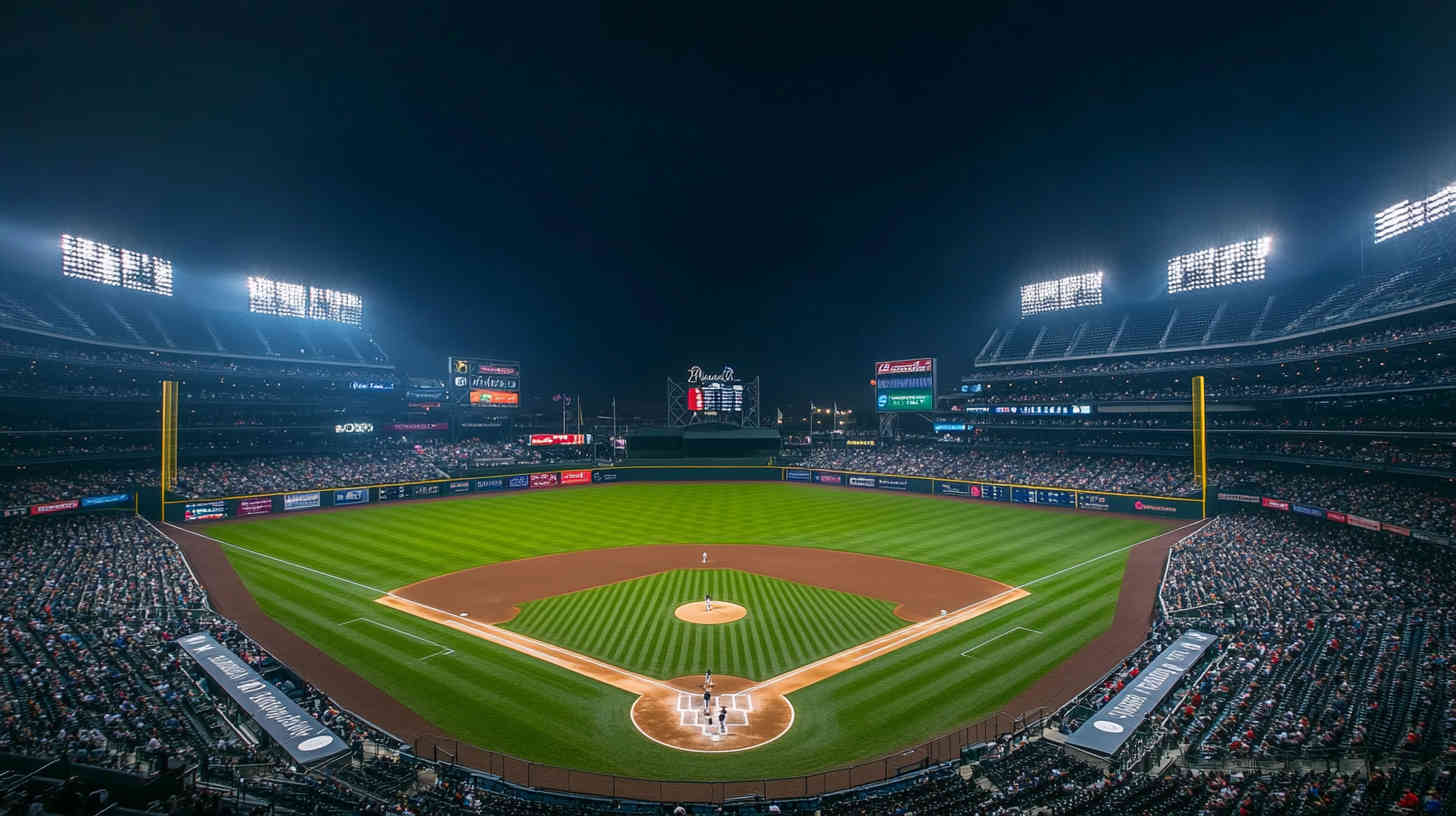
Several factors influence the total cost of installing and maintaining LED baseball field lights:
- Field Size: Bigger fields need more lights and higher wattage to ensure full coverage.
- Light Type: LED lights have a higher upfront cost than traditional lights but save money long-term through lower energy and maintenance costs.
- Pole Height: Taller poles cost more to install but are necessary for larger fields.
- Electrical System: Some fields need an electrical system upgrade to handle the lighting load.
- Extra Features: Dimming, motion sensors, and color temperature control can increase costs but boost efficiency and performance.
Knowing these factors will help you plan your budget effectively and choose the best lighting solution for your field.
How Much Does It Cost to Light a Baseball Field?
Lighting a baseball field isn’t just about flipping a switch—it’s an investment. Costs can vary depending on field size, lighting type, and installation requirements. If you’re planning to install or upgrade your baseball field lighting, it’s important to understand where your money is going. Let’s break down the key cost factors, including initial investment, installation, and long-term maintenance.
Initial Costs
Upfront costs include purchasing the lighting fixtures, poles, wiring, and electrical components needed to power the system. If you’re going with high-quality LED lights, expect to spend between $15,000 and $30,000 for a standard baseball field. However, larger fields and professional setups can push costs even higher.
- LED Fixtures – LEDs cost more than metal halide or halogen lights, but they last longer and use far less energy, making them a better investment.
- Professional-Grade Fixtures – If you need stadium-quality lighting for televised games, you’re looking at $30,000 to $60,000 or more for high-powered LEDs.
- Light Type – While traditional lights might seem cheaper upfront, they rack up higher energy and maintenance costs over time. LEDs pay for themselves in efficiency savings.
Installation Costs
Installation isn’t just about putting up some poles and plugging in lights. You need labor, electrical work, and proper positioning to ensure even, glare-free illumination across the field.
- Labor Costs – Installation can run between $5,000 and $15,000, depending on field size and complexity. Bigger fields with more fixtures and wiring cost more to set up.
- Electrical Setup – Your field’s power system may need an upgrade to handle LED lighting. Expect electrical work to cost between $5,000 and $10,000.
- Poles and Mounting – Light poles vary in height and material. Taller poles for bigger fields cost more, with prices ranging from $500 to $2,000 each.
Maintenance Costs
Even with long-lasting LEDs, maintenance isn’t completely off the table. Keeping your system running efficiently means factoring in ongoing costs for energy, cleaning, and occasional part replacements.
- Energy Costs – LEDs are far more efficient than traditional lighting, but you still have to pay for electricity. Annual energy costs typically range from $1,000 to $3,000, depending on how often the field is in use.
- Component Replacement – While LED bulbs can last 50,000 to 100,000 hours, occasional part replacements (like drivers or fixtures) may be needed. Expect to budget $1,000 to $3,000 per year for maintenance.
- Cleaning & Inspections – Dirt, dust, and weather exposure can impact lighting performance. Regular cleaning and safety inspections cost between $500 and $1,500 per year.
Total Cost Estimate
Baseball field lighting costs depend on field size, fixture type, and installation complexity. Here’s what you can expect:
- Initial investment: $15,000 to $60,000
- Annual maintenance: $1,000 to $3,000
While LED lighting costs more upfront, it saves money in the long run by reducing energy consumption and maintenance needs. Whether you’re lighting a local field or a pro stadium, investing in the right system ensures better performance, lower costs, and a brighter playing experience.
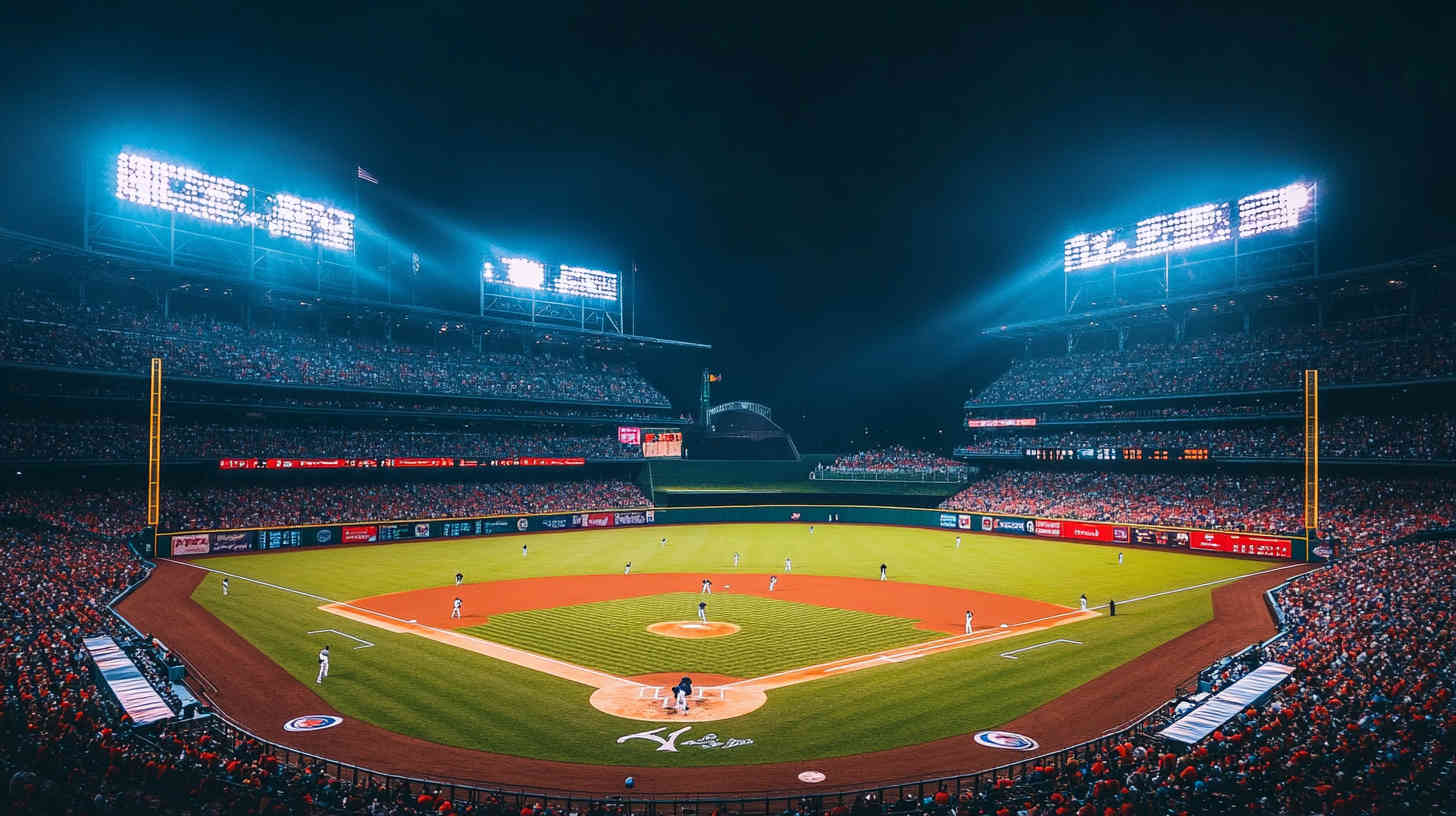
How Much Does a Stadium Light Cost?
Stadium lights are a whole different game compared to standard baseball field lighting. These massive, high-powered fixtures are built to deliver intense, professional-grade illumination for games, events, and even broadcasts. If you’re looking at high-quality LED stadium lights, expect to pay anywhere from $1,000 to $10,000 per fixture—depending on power, beam angle, and extra features like dimming or color customization. For a full stadium setup, the total price can range from $50,000 to well over $200,000, depending on how big the venue is and what kind of lighting performance you need.
Baseball Field Lighting LED Retrofit Cost
Thinking about upgrading your existing baseball field lighting to LEDs? Retrofitting is a great way to boost efficiency without completely overhauling your system. The cost of retrofitting depends on how many fixtures you’re replacing and how complex the installation is. In most cases, switching to LED baseball field lighting costs between $15,000 and $50,000, depending on field size and the number of poles. The best part? That investment pays for itself over time with lower energy bills, longer-lasting lights, and far less maintenance.
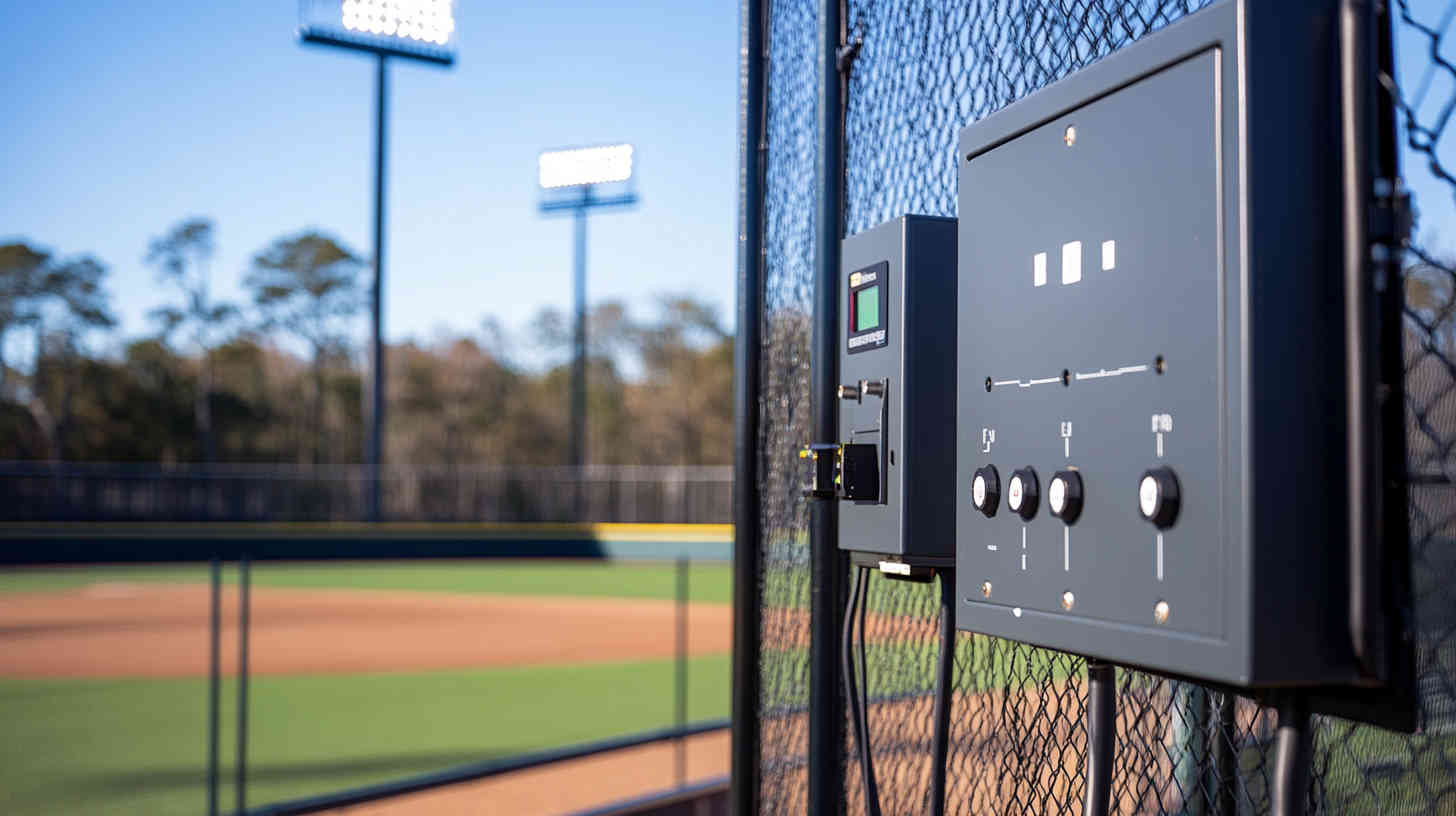
Advantages of LED Replacement for Baseball Field Lighting
Upgrading to LED lighting isn’t just about cutting costs—it’s about better performance, durability, and long-term savings. Here’s why making the switch is a smart move:
- Energy Efficiency – LEDs use up to 70% less energy than traditional metal halide lights, cutting down your electricity bills big time.
- Long Lifespan – With a lifespan of 50,000+ hours, LEDs last much longer than traditional bulbs, meaning fewer replacements and lower maintenance costs.
- Durability – Built tough, LEDs can withstand extreme weather, vibrations, and impacts, making them ideal for outdoor stadiums.
- Improved Visibility – Crisp, bright lighting enhances visibility for players, umpires, and spectators, making every game more enjoyable.
- Eco-Friendly – No toxic materials like mercury, plus they’re fully recyclable, making them a greener choice.
Is LED Baseball Field Lighting Worth It?
Absolutely. While LED lighting has a higher upfront cost, it saves you thousands over time by reducing energy bills, cutting maintenance costs, and improving performance.
Why LEDs Are the Best Choice:
- Energy Savings: Cut electricity costs by up to 70%.
- Longevity: Last 5–10x longer than traditional metal halide lights.
- Better Performance: Provides brighter, more uniform lighting.
- Less Maintenance: No frequent bulb replacements = lower long-term costs.
If you want cost-effective, high-performance baseball field lighting, LEDs are the way to go.
Importance of Lighting in Baseball Stadiums
Great lighting isn’t just about visibility—it’s about safety, performance, and the fan experience. Proper stadium lighting ensures that players see the ball clearly, umpires make accurate calls, and fans enjoy the game without struggling to follow the action. And if your stadium hosts nighttime events, high-quality lighting is non-negotiable—especially for live broadcasts where every detail needs to be crisp and shadow-free. Whether it’s an amateur league or a pro match, good lighting makes the game better for everyone.
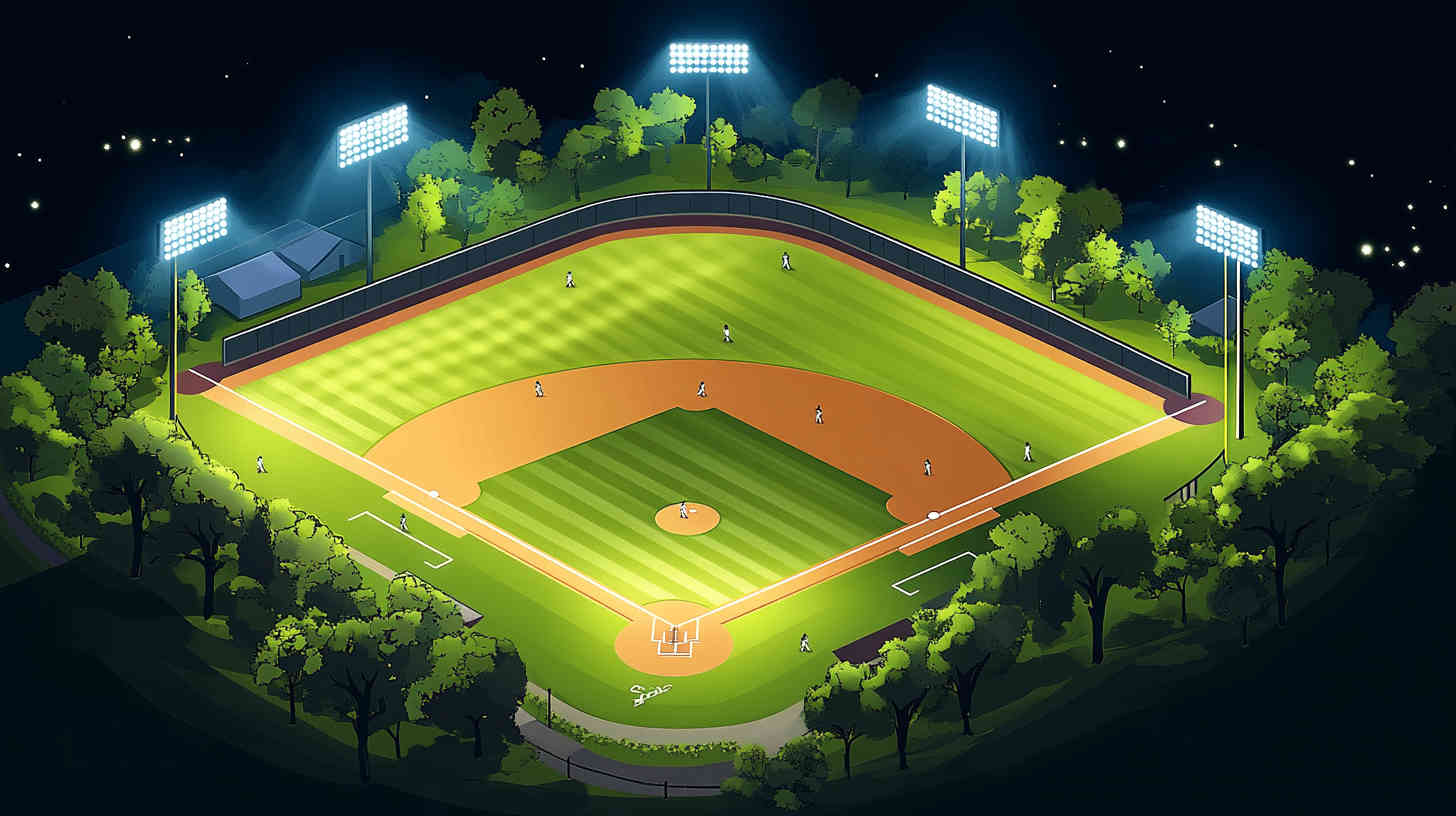
Conclusion
Investing in the right baseball field lighting system isn’t just a one-time expense—it’s a long-term game-changer. It saves money on energy, reduces maintenance costs, and improves overall game quality. Knowing what to expect in terms of installation, upkeep, and cost savings helps you make the best decision for your field.
If you’re ready to upgrade to LED baseball field lighting, reach out to us today, and we’ll help you find the perfect lighting solution for your stadium!
Request A Free Quote Now!
Send us a message if you have any questions or request a quote. We will get back to you ASAP!



